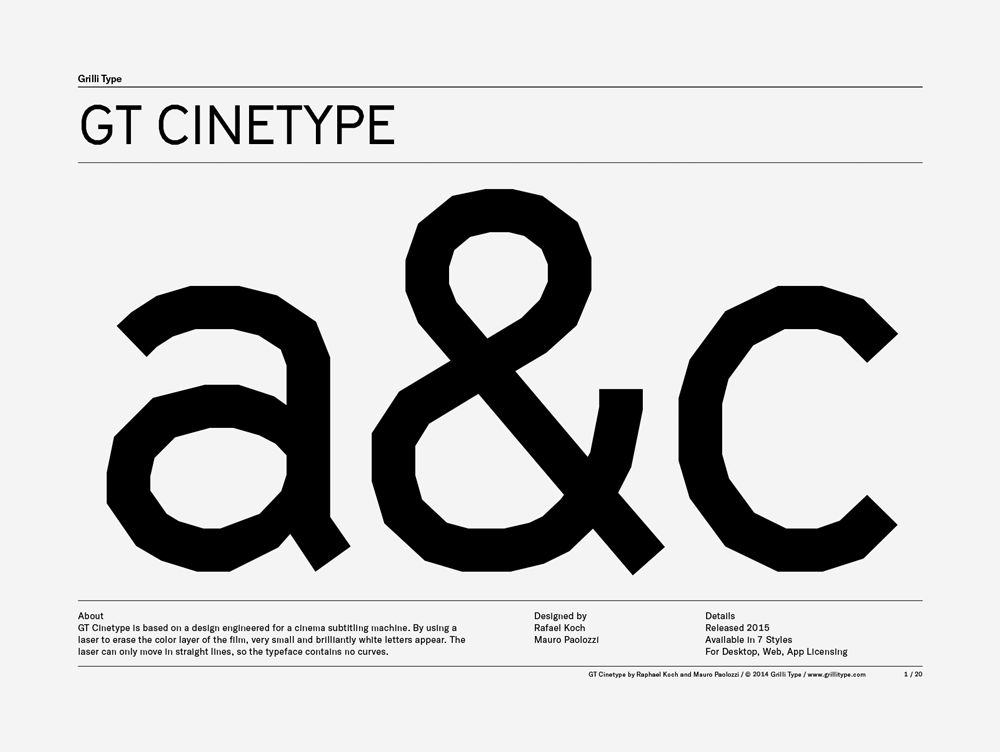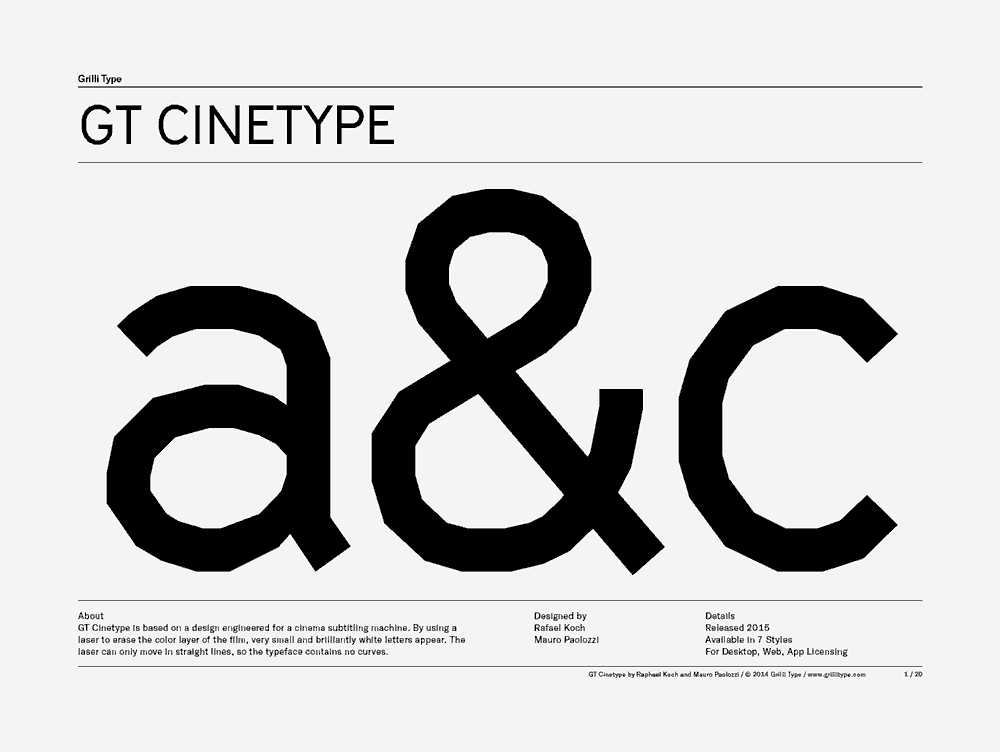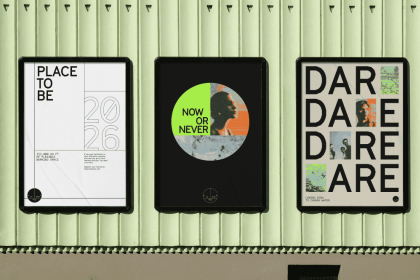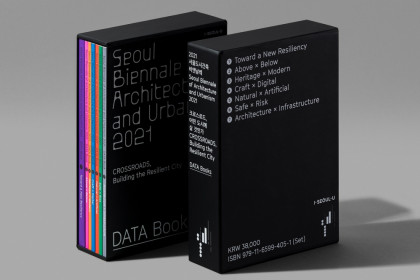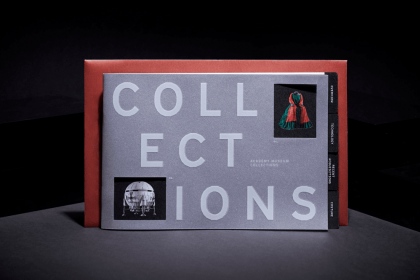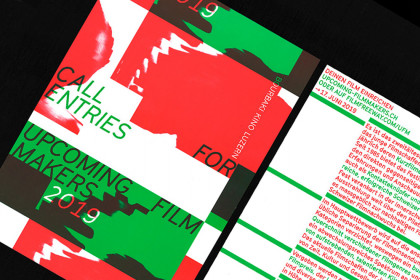GT Cinetype
Family overview
- Light Italic
- Regular Italic
- Bold Italic
- Mono
- LightAlien 1979 by Ridley Scott with Sigourney Weaver, Tom Skerritt, John Hurt
- Light ItalicThe Toxic Avenger 1984 by Michael Herz & Lloyd Kaufman with Andree Maranda, Mitch Cohen, Jennifer Babtist
- RegularMononoke-hime 1997 by Hayao Miyazaki with Yôji Matsuda, Yuriko Ishida, Yûko Tanaka
- Regular ItalicSen to Chihiro no Kamikakushi 2001 by Hayao Miyazaki with Rumi Hiiragi, Miyu Irino, Mari Natsuki
- BoldLa Haine 1995 by Mathieu Kassovitz with Vincent Cassel, Hubert Koundé, Saïd Taghmaoui
- Bold ItalicSen to Chihiro no Kamikakushi 2001 by Hayao Miyazaki with Rumi Hiiragi, Miyu Irino, Mari Natsuki
- MonoThe Room 2003 by Tommy Wiseau with Tommy Wiseau, Juliette Danielle, Greg Sestero
- Settings
Typeface information
GT Cinetype is based on a design engineered for a cinema subtitling machine. By using a laser to erase the color layer of the film, very small and brilliantly white letters appear. The laser can only move in straight lines, so the typeface contains no curves.
Typeface features
OpenType features enable smart typography. You can use these features in most Desktop applications, on the web, and in your mobile apps. Each typeface contains different features. Below are the most important features included in GT Cinetype’s fonts:
- CASE
- Case sensitive forms
(ROBOCOP)
- ONUM
- Oldstyle figures
10.03.1985
Typeface Minisite
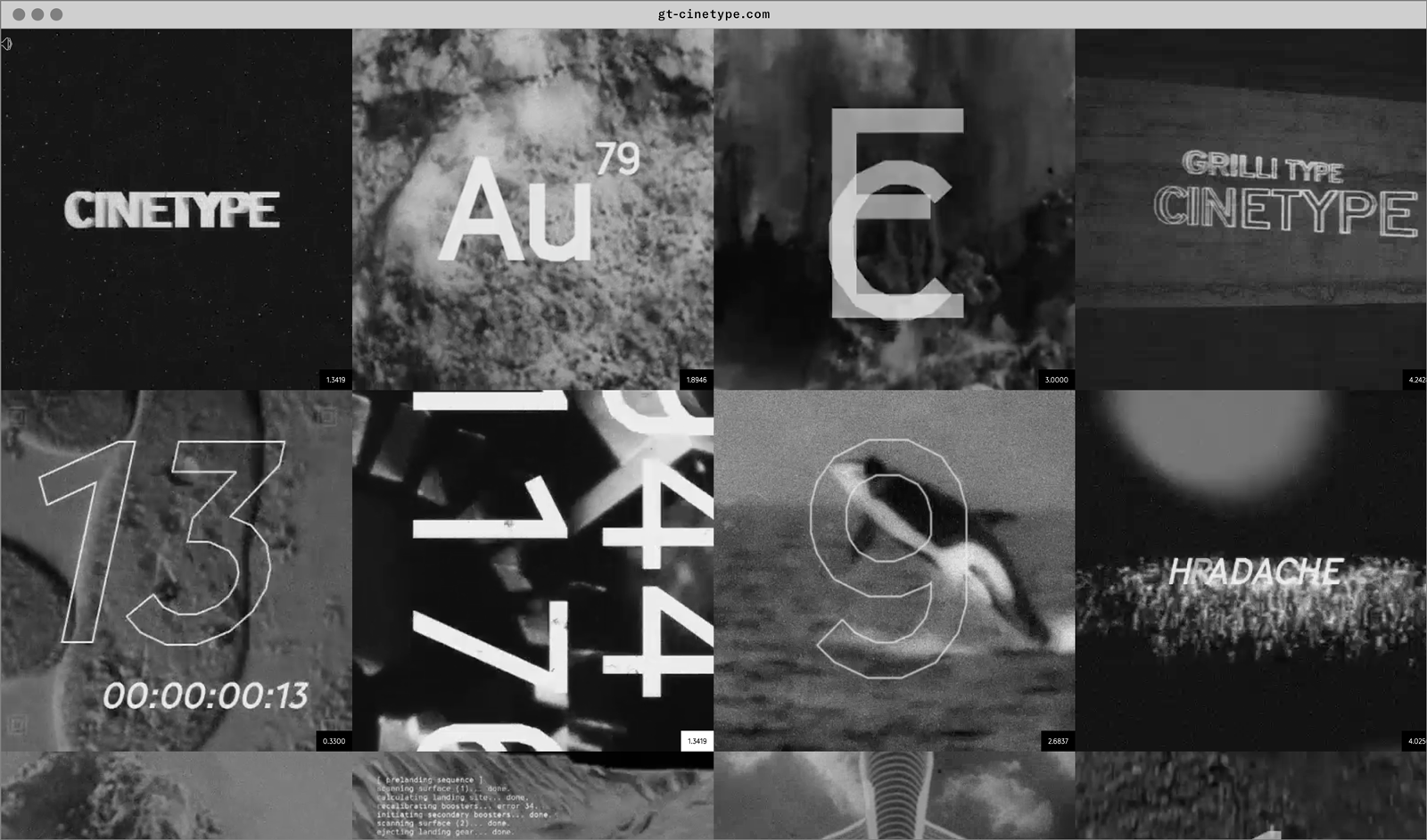
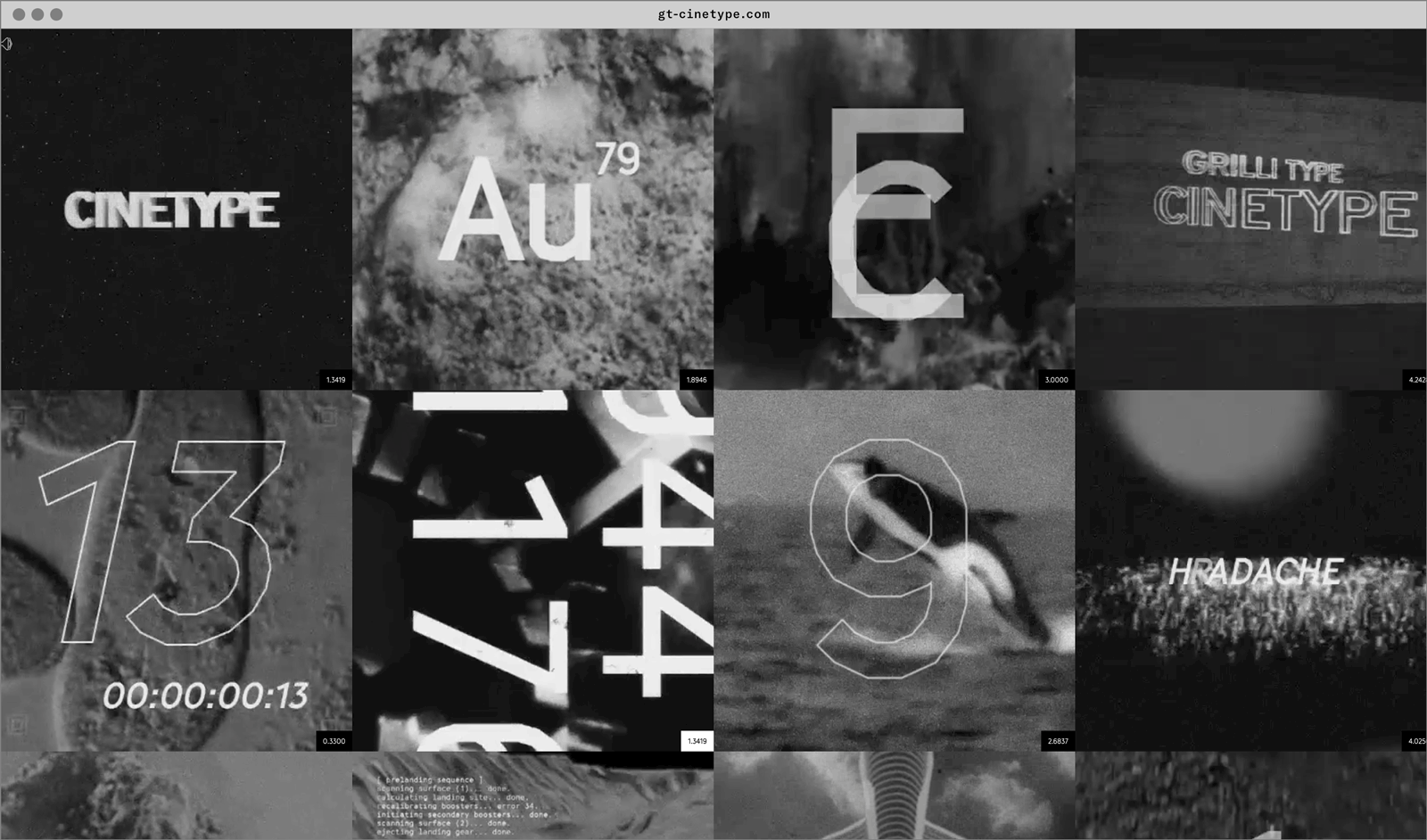
- Visit the GT Cinetype minisite to discover more about the typeface family’s history and design concept.
GT Cinetype in use
